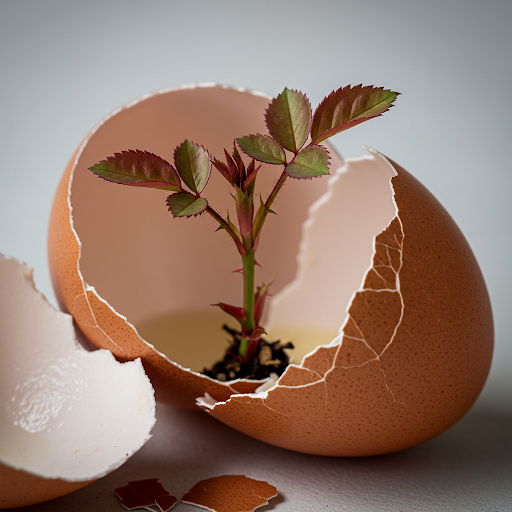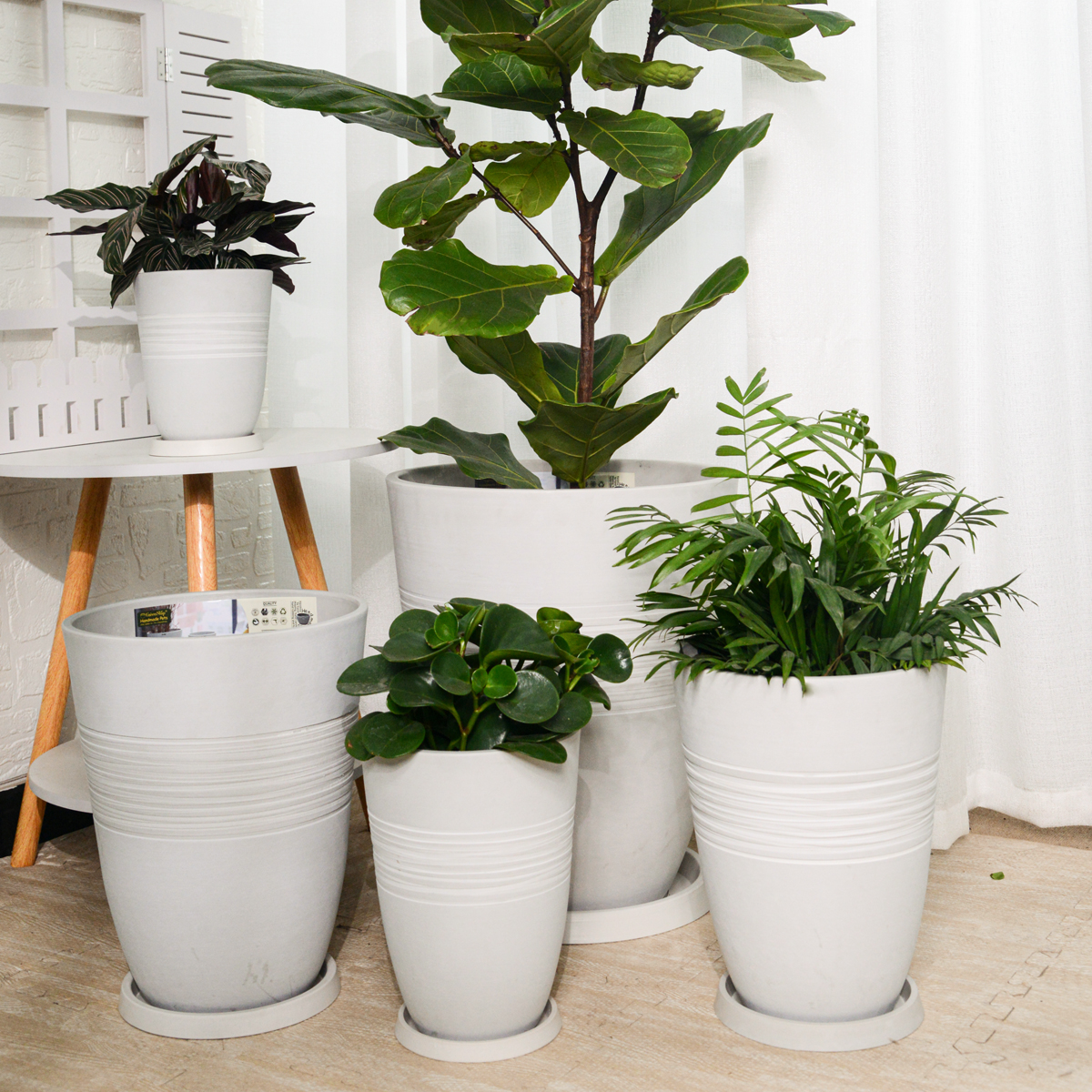Rooting Roses with a Chicken Egg? Exploring the Air Layering Trick
Rose propagation can be a rewarding endeavor for any gardener. While traditional methods like stem cuttings and grafting are common, a more intriguing technique sometimes surfaces: using a chicken egg in conjunction with air layering to encourage root development. Let’s explore this unusual method and the principles behind air layering roses.

The Claim: 100% Rooting with Chicken Eggs and Air Layering
The idea behind this method, as suggested by the website title, is that incorporating a chicken egg into the air layering process can significantly increase the success rate of rooting rose cuttings. While the exact mechanism might not be scientifically established, the potential benefits could stem from the nutrients present in the egg.
Understanding Air Layering for Roses:
Air layering is a propagation technique where roots are encouraged to form on a stem while it is still attached to the parent plant. Once sufficient roots have developed, the rooted stem is cut off and planted as a new individual plant. Here’s the general process for air layering roses:
- Choose a Suitable Stem: Select a healthy, vigorous stem on your rose bush that is about pencil-thick.
- Make an Incision: About 6-12 inches from the tip of the stem, make a 1-2 inch upward-angled cut halfway through the stem. You can also remove a ring of bark (about 1 inch wide) around the stem in this area.
- Apply Rooting Hormone (Optional but Recommended): Dust the cut area with rooting hormone powder to encourage root development.
- Wrap with Moist Sphagnum Moss: Surround the cut area with a handful of moist sphagnum moss. The moss should be damp but not soaking wet.
- Cover with Plastic Wrap: Wrap clear plastic wrap tightly around the sphagnum moss, above and below the cut. Secure the plastic wrap with tape or twist ties to create a sealed environment.
- Wait for Roots to Form: Over the next few weeks or months, check the plastic wrap for root development. You should be able to see roots growing within the moss. Keep the moss moist if it starts to dry out by carefully injecting water with a syringe.
- Sever and Plant: Once a good network of roots has formed, carefully cut the stem below the rooted section and plant your new rose bush in a pot or directly in the ground.
The Chicken Egg Element: How Might It Be Incorporated?
Based on the website title, the chicken egg is involved in this process. Here are a few potential ways it might be incorporated, although the specific method from the linked article is unknown:
- Egg as a Nutrient Source: A small hole might be made in the egg, and the contents (or just the yolk) could be introduced into the sphagnum moss surrounding the cut. The nutrients in the egg might then leach out and potentially stimulate root growth.
- Eggshell for Calcium: Crushed eggshells might be added to the sphagnum moss. Calcium is beneficial for plant cell development and root growth.
- Egg as a Support/Moisture Holder: In a more unconventional approach, the stem might be passed through a hole in an eggshell before being wrapped with moss, potentially providing some structural support and moisture retention.
Is This Method Proven?
While the idea of using eggs for plant growth has some basis due to their nutrient content, the specific combination of chicken eggs and air layering for roses claiming a 100% rooting success rate lacks widespread scientific evidence. Standard air layering techniques for roses are often successful on their own when proper steps are followed.
Recommended Practices for Successful Air Layering of Roses:
- Timing: The best time for air layering roses is typically in the spring or early summer when the plant is actively growing.
- Stem Selection: Choose healthy, disease-free stems from the current year’s growth.
- Moisture Control: Maintaining consistent moisture in the sphagnum moss is crucial for root development.
- Patience: Root formation can take several weeks to months, depending on the rose variety and environmental conditions.

Conclusion: Exploring Novel Techniques with Established Methods in Mind
While the concept of using chicken eggs to boost rose rooting through air layering is intriguing, it’s important to approach such claims with a degree of skepticism until more evidence is available. Air layering is a reliable method for propagating roses when done correctly. If you’re interested in trying the chicken egg method, consider it an experiment alongside standard air layering techniques to compare results. Always prioritize established and proven methods for the highest chance of success in rose propagation.
11V
By greenship|2024-08-13T03:05:48+00:00August 13, 2024|Categories: Hand-carving Series|
Modern Plant Pots with Drainage – Indoor & Outdoor Use (6″ Widths)
By greenship-seo|2025-04-10T06:29:43+00:00February 6, 2025|Categories: Hand-carving Series|Tags: Decorative Flower Pots|
k2-21G
By greenship|2024-08-13T06:17:26+00:00August 13, 2024|Categories: Hand-carving Series|
KC2-21G
By greenship|2024-08-13T06:19:08+00:00August 13, 2024|Categories: Hand-carving Series|
KC2-11VH
By greenship|2024-08-16T06:19:28+00:00August 16, 2024|Categories: Hand-carving Series|
20VD
By greenship|2024-08-13T06:43:41+00:00August 13, 2024|Categories: Hand-carving Series|






